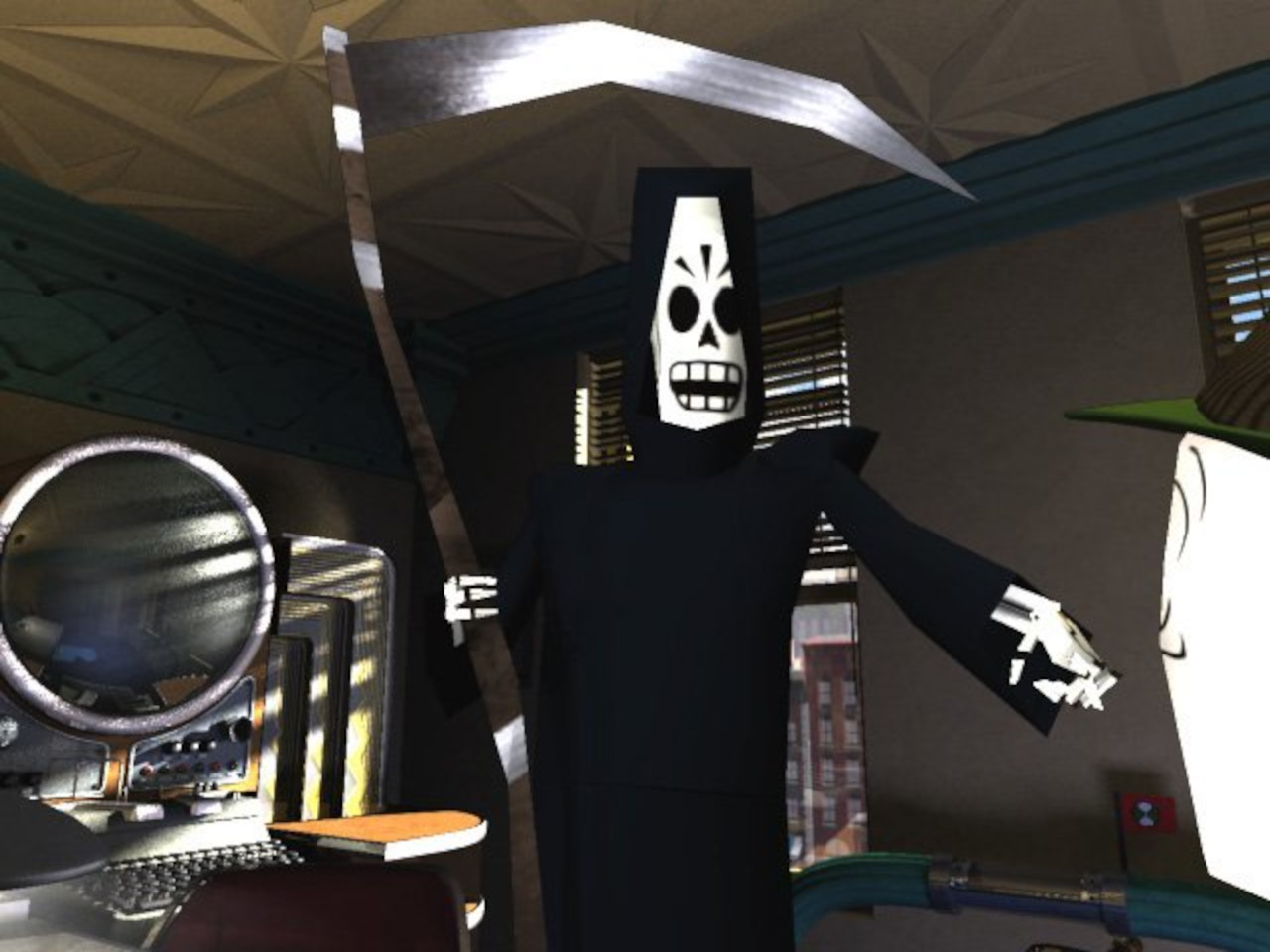 Back in the early 2000s, if you were a gamer and you had a dual socket motherboard, you we’re the hardest of hardcore. Not that they did much since nothing was written to take advantage of two processors at the time. That all changed when the Pentium D and Athlon 64 X2 came about. They put dual socket into one small package. These boards virtually disappeared in the enthusiast market.
Back in the early 2000s, if you were a gamer and you had a dual socket motherboard, you we’re the hardest of hardcore. Not that they did much since nothing was written to take advantage of two processors at the time. That all changed when the Pentium D and Athlon 64 X2 came about. They put dual socket into one small package. These boards virtually disappeared in the enthusiast market.
Entre the EVGA Classified SR-2. A dual socket LGA-1366 motherboard capable or running two i7 bases Xeon processors for up to 12 cores and 24 threads of pure nerdgasm. On top of that, it supports up to 48gb of DDR3-1333. Naturally, it also has 6GB/s SATA3, USB 3.0, and seven PCIe 16x slots.
But how does it handle? Hot Hardware did some benchmarks on it. As expected, it slaughters the competition in raw processing power. But not so much in real world performance. Performance in Crysis was only 10% faster using the 12 core-dual processor setup versus a single quad core running at the same speed. That 10% gain requires 50% more power to run. Most games still cannot take advantage of more than four cores so this is a useless indulgence for gamers.
Where a 12 core system would come in handy is video editing, science, and server applications. Those already use heavily multi-threaded apps. Obviously EVGA isn’t targeting those crowds.
This board costs a hefty $599 and it’s just not worth it in my opinion.





